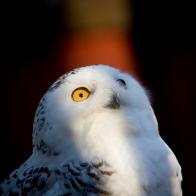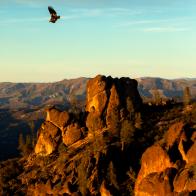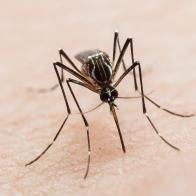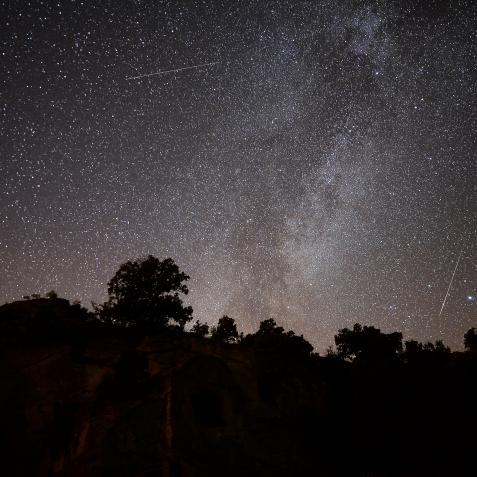
Getty Images
Science Says These Are the Sexiest Dance Moves
What would you do if you knew which moves were proven to be the sexiest?
Chances are, you went to a high school dance at some point in your life. And chances are, there was somebody at that dance you really wanted to impress. And if our experiences are any indication, then chances are you proceeded to make an absolute fool of yourself on the dance floor. If only you'd known which moves were proven to be the sexiest — you know, published-in-a-peer-reviewed-scientific-journal kind of proven. (We can't imagine why we had such trouble dating in high school). Well, fear no more: These faceless avatars are here to show you how to get down.

Getty Images
Dancing With Myself
Let's say you were trying to judge which dance moves were the sexiest. How would you try to go about doing it? Well, one way would be to recruit a bunch of people to strut their stuff on the dance floor and let a bunch of other people rate how attractive the dancers are when they get down. There's just one problem: How do you know the dancers are being judged on their moves and not on their good looks?
A judge may be more likely to say the moves were smokin' if they thought the dancer was too. To dispel that attractiveness bias, the team came up with an ingenious solution. Like the way the producers of "Lord of the Rings" created Gollum, the researchers projected each participant's dance moves onto a digital avatar. We're not going to lie — the featureless forms are a little creepy. But they're all identically creepy, so the science is sound.
Moves for Men
The team at Northumbria University in the UK and the University of Göttingen in Germany finished its analysis of male dance moves first, all the way back in 2010 (maybe they assumed that men needed the pointers more urgently). The 19 dancers were men between the ages of 19 and 35 dancing to a German dance track, and their 35 judges were straight women who watched silent, 15-second clips of their moves. Based on the dancers the women preferred, the researchers were able to describe the specific moves that won them over.
If you're a guy who's trying to attract the attention of the ladies on the dance floor, you might want to keep these tips in mind. First, the women preferred guys who performed larger and more variable motions of the neck and torso, and they also liked guys who took up a lot of space. Curiously, there was one specific spot that also seemed to attract a lot of attention: the right knee. It might be because most people are right-footed, so they're more likely to anchor their left foot and do fancy moves with their right, but the dancers who demonstrated a lot of motion at that specific joint got a lot of high marks.
Moves for Women
The distaff counterpart to the 2010 study was carried out in 2017, using largely the same team and largely the same methodology (although with a Robbie Williams song instead of a German EDM track). As it turns out, straight men look for a completely different set of movements. For women, the most attractive dance moves involved bigger, more varied motions of the thighs, hips, and arms. No word on if the right or the left arm is more important, though.
So why is it that straight men like hip and arm movements while straight women like a lot of action in the neck and trunk area? The study's authors aren't ready to say, but their hunch is that there might be an evolutionary reason for those preferences. Perhaps the big movements and bold leg motions the women liked are correlated with strong physical health and survivable genes. Likewise, the kind of motions associated with the most attractive female dancers are also ones that demand a lot of coordination and motor control, which are also signals of health. Maybe we really do dance in order to show off the genes that are the most attractive to our potential partner. In other words, maybe we're really just trying to shake what our mamas gave us.
This article first appeared on Curiosity.com.












































































